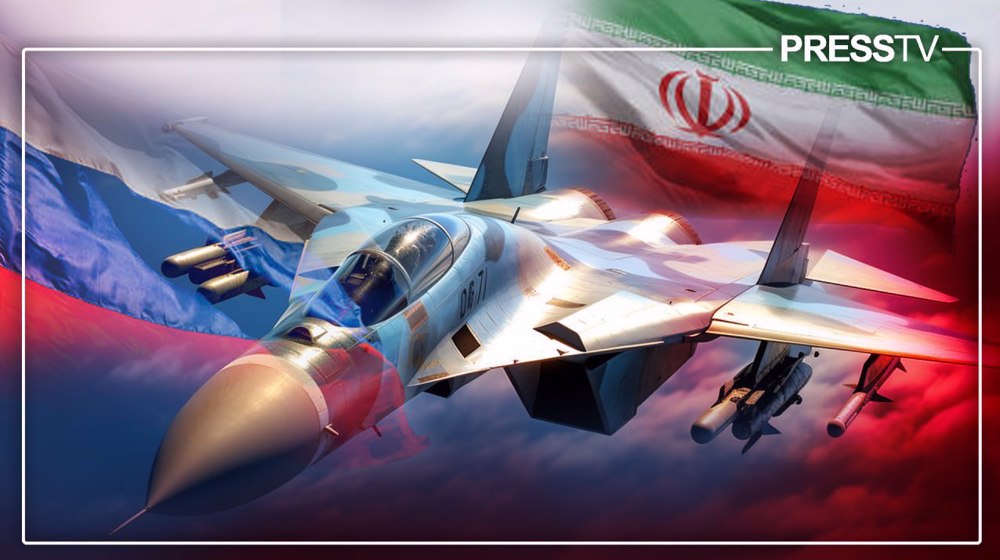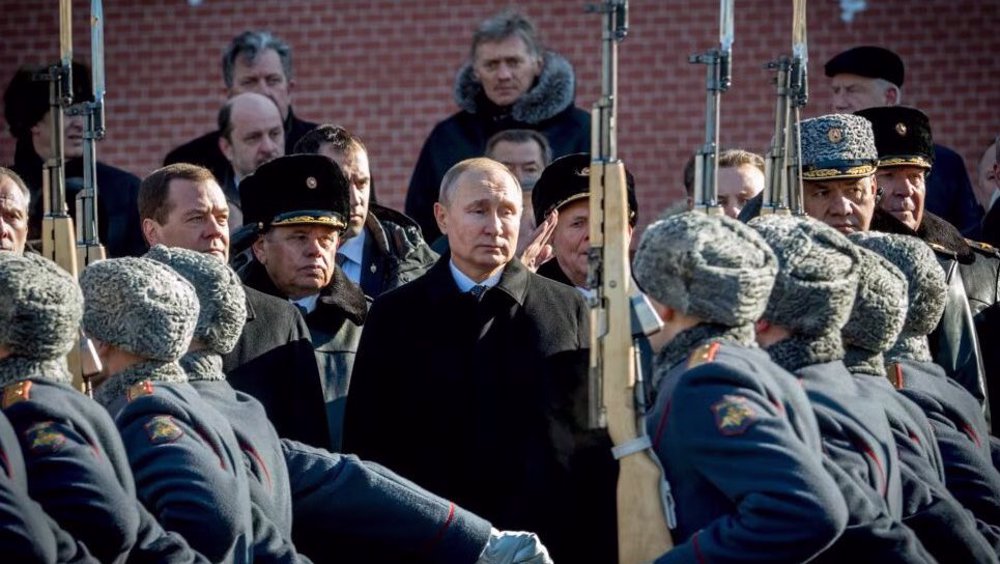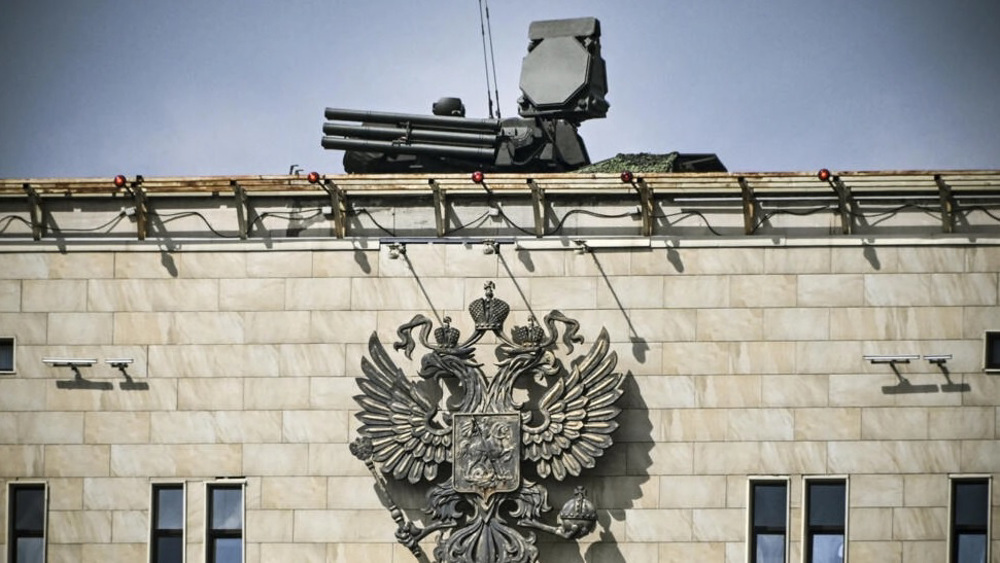Game-changer: Iran’s acquisition of Su-35 fighter jets bad news for its enemies
By Shabbir Rizvi
In a major upgrade to its defensive capabilities, the Islamic Republic of Iran has finalized the long-awaited deal with the Russian Federation for the purchase of Sukhoi Su-35 fighter jets.
The deal also includes Mil Mi-28 attack helicopters and Yak-130 jet trainers.
The finalization occurred over a lengthy, months-long process and further strengthened ties between Tehran and Moscow. Iran will now join Russia and China as the primary operators of the Su-35 fourth-generation fighter jet.
Notably, these three countries are in the BRICS economic alliance and the Shanghai Cooperation Organization (SCO), with Iran joining both alliances in the last six months.
The finalization of the deal is seen as a sign of warmer relations between Russia and Iran.
The two countries face similar challenges on the global stage: an aggressive, declining United States that seeks to challenge both of them, as well as regional threats used for sabotage operations by the former.
The two countries’ defense leadership met briefly in September to discuss military cooperation and challenges, making it clear that expanding their military alliance and capabilities is essential.
Although several countries have sought to wield the air-superiority fighter, none apart from China and Iran have succeeded so far. Countries such as Turkey and Algeria have attempted to get their hands on the prized fighter jet but to no avail.
Other countries such as Egypt and Indonesia have backed off from purchasing from Russia amidst fears of being slapped with sanctions.
Iran’s self-sufficient and sanctions-resistant economy, as well as commonalities with Russia, provide ideal grounds for the purchase. For Russia, equipping Iran with the Su-35 was the natural decision.
The political conditions for the purchase of the air superiority fighter are clear. But why is the fighter jet advantageous in the context of Iranian defense?
The Islamic Republic enjoys a strong ground force and a strong navy - both arguably the best in the region. Though it also has strong anti-air capabilities and a strong drone program, in the field of fighter jets there is still scope for improvement.
The Sukhoi Su-35 is an air superiority fighter. It is designed primarily to dominate airspace scenarios, not just its own airspace for defense purposes but even penetrating enemy airspaces.
Its tight maneuverability allows it to engage enemy fighter jets and establish dominance in a rapidly changing aerial combat situation.
The primary function of the Su-35 is to control the sky - no enemies in, and no enemies out (alive).
Although Iran is long due for a serious upgrade within this fighter type, the Su-35 could not have come at a more ideal time.
The United States has been consistently provoking Iran by attempting to illegally enter its territorial waters. Not only that, it has airship carriers capable of deploying its own multirole fighters, including the Lockheed Martin F-35, into the Persian Gulf.
There have been numerous instances of escalation from the United States as it brazenly attempts to infringe on Iranian waters.
For example, the Iranian Revolution Guard Corps (IRGC) recently forced US attack helicopters to ground themselves on the air carrier they were deployed from in the Strait of Hormuz.
These escalations could continue with US aircraft carriers now being deployed closer to the Persian Gulf, which holds multiple fighter jets.
However, they would think twice if deterrence like the Su-35 was added to the equation.
Iran’s Armed Forces say arrangements finalized for delivery of Russian military aircrafthttps://t.co/vUfhaJTrKQhttps://t.co/vUfhaJTrKQ
— Press TV (@PressTV) November 28, 2023
Let’s cut to the death-dealing details. With a range of 3,600 km and a maximum speed of 2,390 km/h (according to Military Today), an Iranian pilot could get to where he needs to within moments of a developing situation.
Gone would be the days of an enemy aircraft passing by and having to answer for it later rather than sooner. The Su-35 would catch up before a return-to-base call is made for the enemy fighter.
If push comes to shove, the same pilot has an arsenal capable of answering most equations. The Su-35 carries a lightweight 30 mm autocannon that is capable of piercing most armored vehicles in less than 5 rounds - the Su-35 typically packs 150 rounds.
The cannon is effective against aerial targets at 800 meters and ground targets nearly 2,000 meters away.
Next comes the missiles. The Su-35 can be used for air-to-air combat, air-to-ground combat, air-to-ship combat, and air-to-radiation combat (targeting most objects with a radio frequency).
It must be stated again that the primary role of the Su-35 is for air superiority, but the nimbleness of the system allows it to perform multi-role capabilities depending on the mission at hand.
Iran has a very diverse set of borders. Although the likelihood of air-to-air combat scenarios over the borders of Pakistan, Turkmenistan, and Afghanistan is low, and threats along Iraq (particularly the Kurdistan region) and Azerbaijan are moderate, Iran’s principal opponents can exploit the Caspian Sea, the Persian Gulf, and the Strait of Hormuz for at the very least air and sea reconnaissance missions.
Ruling out the necessity of air-to-ship missiles would be a critical mistake - especially considering the Su-35 system is fitted with infrared search and track capabilities.
Paired with being able to hit remote-operated targets with anti-radiation missiles, the Su-35 is a natural fit for defending Iran’s borders - particularly where an enemy combatant could use naval drones.
It’s clear that the Su-35 is equipped with the speed, machinery, maneuverability, and versatility to be on par with or exceed most fighter jets. But can it actually fight?
Since the fighter jet was introduced to the world in 2007, it has mostly showcased its capabilities through drills and air shows. It was not until the Russian military operation in Ukraine in February 2022 that the Su-35 saw its first major combat experience.
Numerous videos published by Russian defense officials show the Su-35 operating on the battlefield, even destroying aerial targets in a combat zone as well as targeting on-the-ground positions.
On the flip side, the Russian experience has also shown some of the vulnerabilities of the Su-35 at the start of the war in Ukraine. This is likely why the deal was delayed for so long - the initial interest from Iran was expressed before the Ukraine war, in 2021. Improvements were likely demanded.
Sukhoi beefed up its defense capabilities after having direct experience with NATO-provided weapons being used against the Su-35. Now, the system is better suited to meet the moment - despite some Western defense experts conceding its superiority over US fighter jets long ago.
A true test of air-to-air combat, or “dogfighting,” has yet to be seen in any major 21st-century conflict.
Even the scenarios in Ukraine are limited in scope as to how an aerial battle would play out against the East and West’s best fighters. So how the Su-35 stacks up against its competition, say, an F-16, has yet to be determined.
Despite that, deterrence will always be the key - as deterrence is defeating the enemy in his mind before he can even reach for his weapon. With Iran’s acquisition of the Su-35 underway, the sanctioned but steadfast nation climbs another ladder step to solidifying itself as the main regional power.
The fourth-generation fighter jet is a much-needed addition to Iran’s aerial defense capabilities. The best case scenario will always be conflict averted - but if push comes to shove, the Su-35 is ready to deliver the way only it can.
Shabbir Rizvi is a Chicago-based political analyst with a focus on US internal security and foreign policy.
(The views expressed in this article do not necessarily reflect those of Press TV)
VIDEO | Canadians preparing to hold more rallies in solidarity with Venezuela
VIDEO | Iranian national Mahdieh Esfandiari goes on trial for supporting Palestine
VIDEO | Italian farmers launch protest campaign against EU-Mercosur free trade deal
VIDEO | Trump’s Gaza ‘Board of Peace’ invitation sparks criticism in Pakistan
VIDEO | Iran, Iraq vow to deepen ties, hail US exit
Araghchi slams World Economic Forum for canceling his invitation
Iran condemns Argentina’s unfounded accusations against IRGC
VIDEO | Fighting British state














 This makes it easy to access the Press TV website
This makes it easy to access the Press TV website